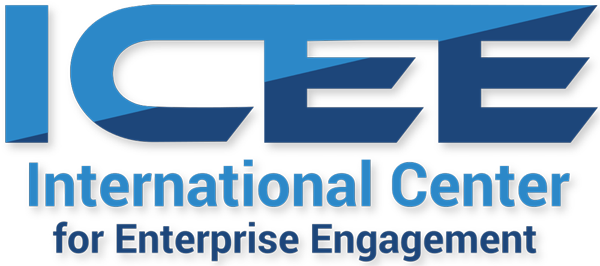Why Standards
The business world has talked about employee and customer engagement and experience for nearly a decade, and neither the general level of employee or customer engagement has budged based on surveys by Gallup and the American Customer Satisfaction Index. Organizations can benefit from the same systematic approach to people management as has been successfully demonstrated in total quality management: a systematic approach to engaging and harmonizing the interests of all stakeholders can significantly enhance the experience and well-being for all people while improving financial results and efficiency across the organization. There is no need for additional funding, as the investment comes from budgets currently allocated for incentive, recognition, loyalty, and other engagement efforts. In fact, money often can be saved or have a greater return on investment.
The ICEE draws upon these standards specifically to provide useful metrics that can be compared with those using the same standards and because they have a logical impact on performance. Because there is little demand in western countries for ISO people management certifications, ICEE uses the standards for the purposes of developing meaningful impact metrics for people engagement strategies.
![]()
Standards used can include:
- EU CSRD double-materiality and other stakeholder metrics related to customers, employees, distribution and supply chain partners.
- ISO 30414 human capital, ISO 10018 people engagement, and a library of other ISO human capital standards useful for measuring impact.
- International Sustainability Standards Board (ISSB).
The ICEE draws upon these standards to help clients identify specific metrics best suited to their purpose and can validate the veracity of their disclosure in corporate sustainability reports. It can provide access to ISO or EU CSRD certified auditors for those seeking formal certifications.
